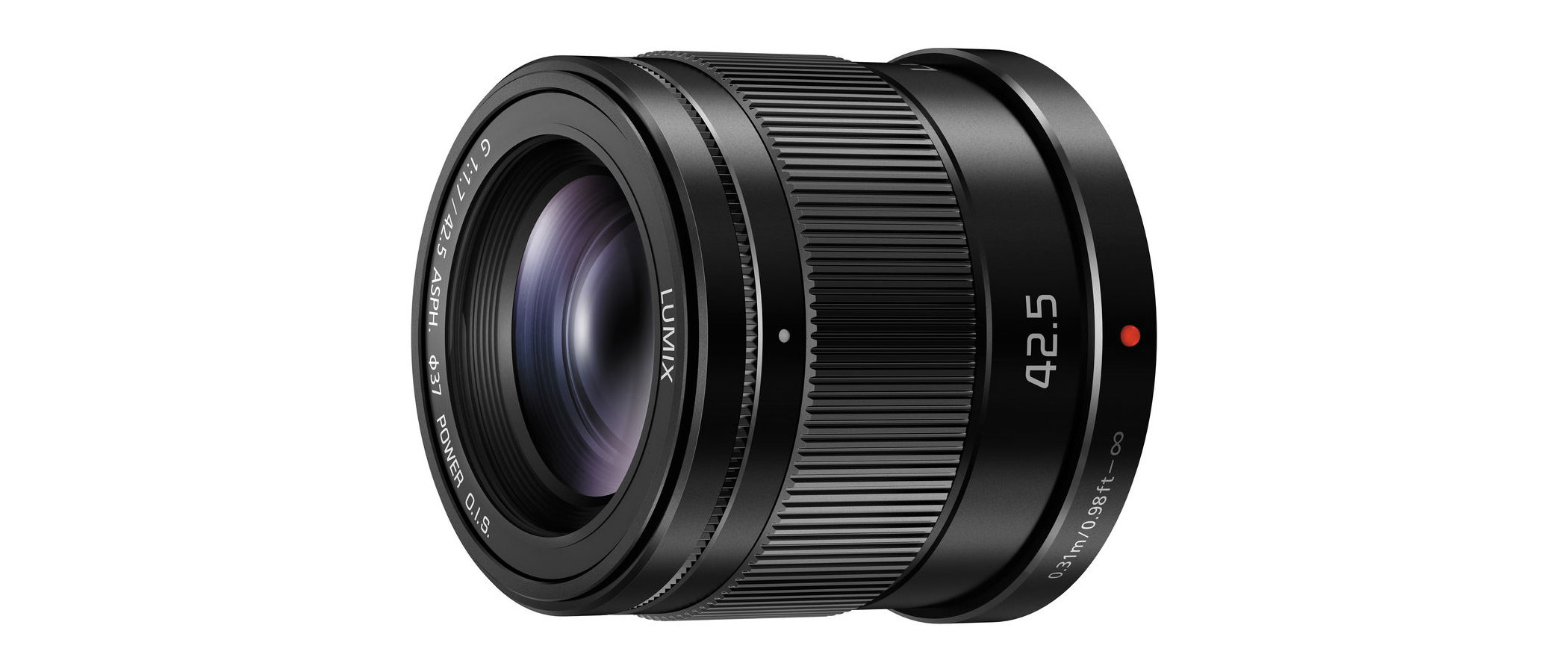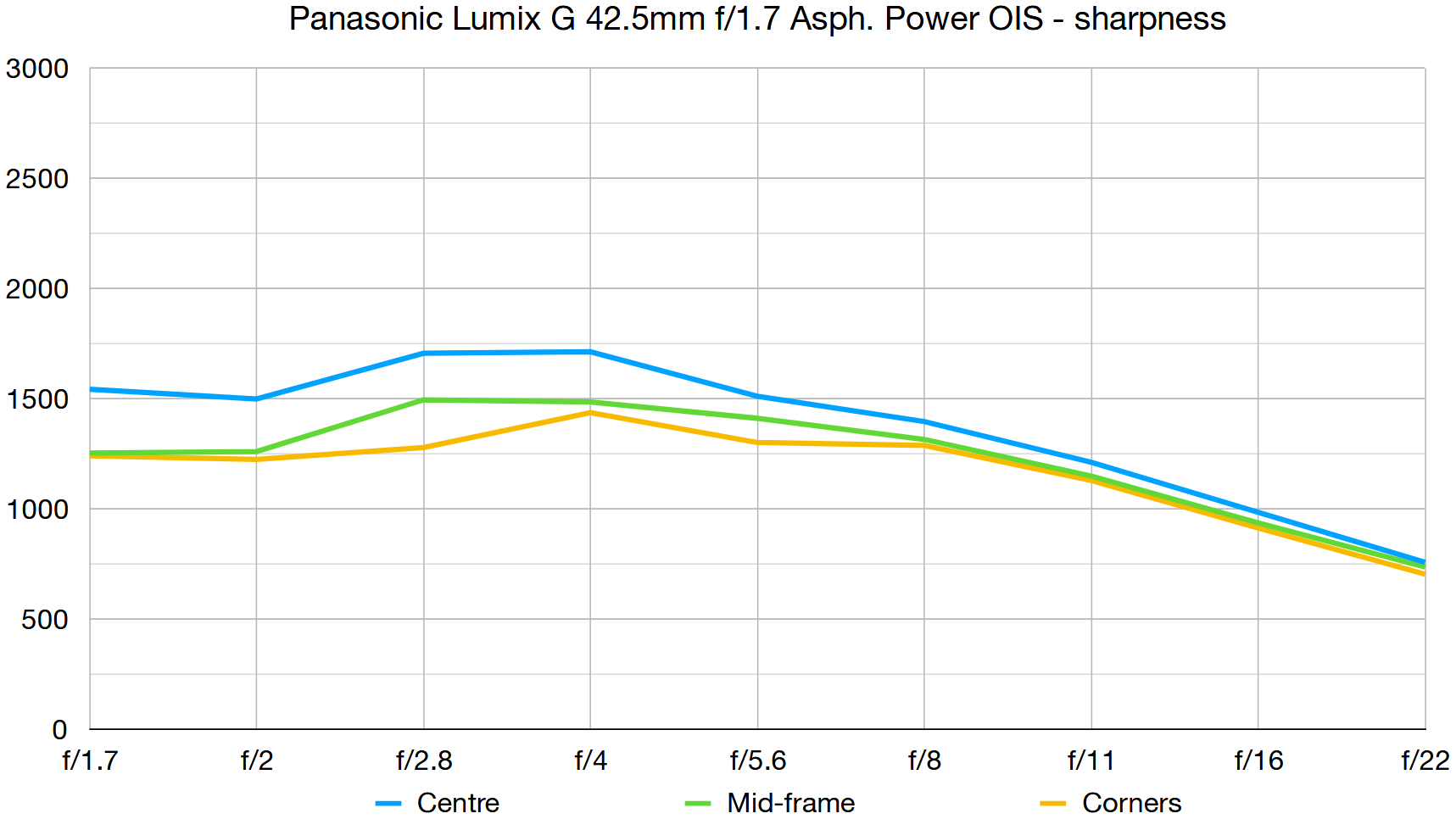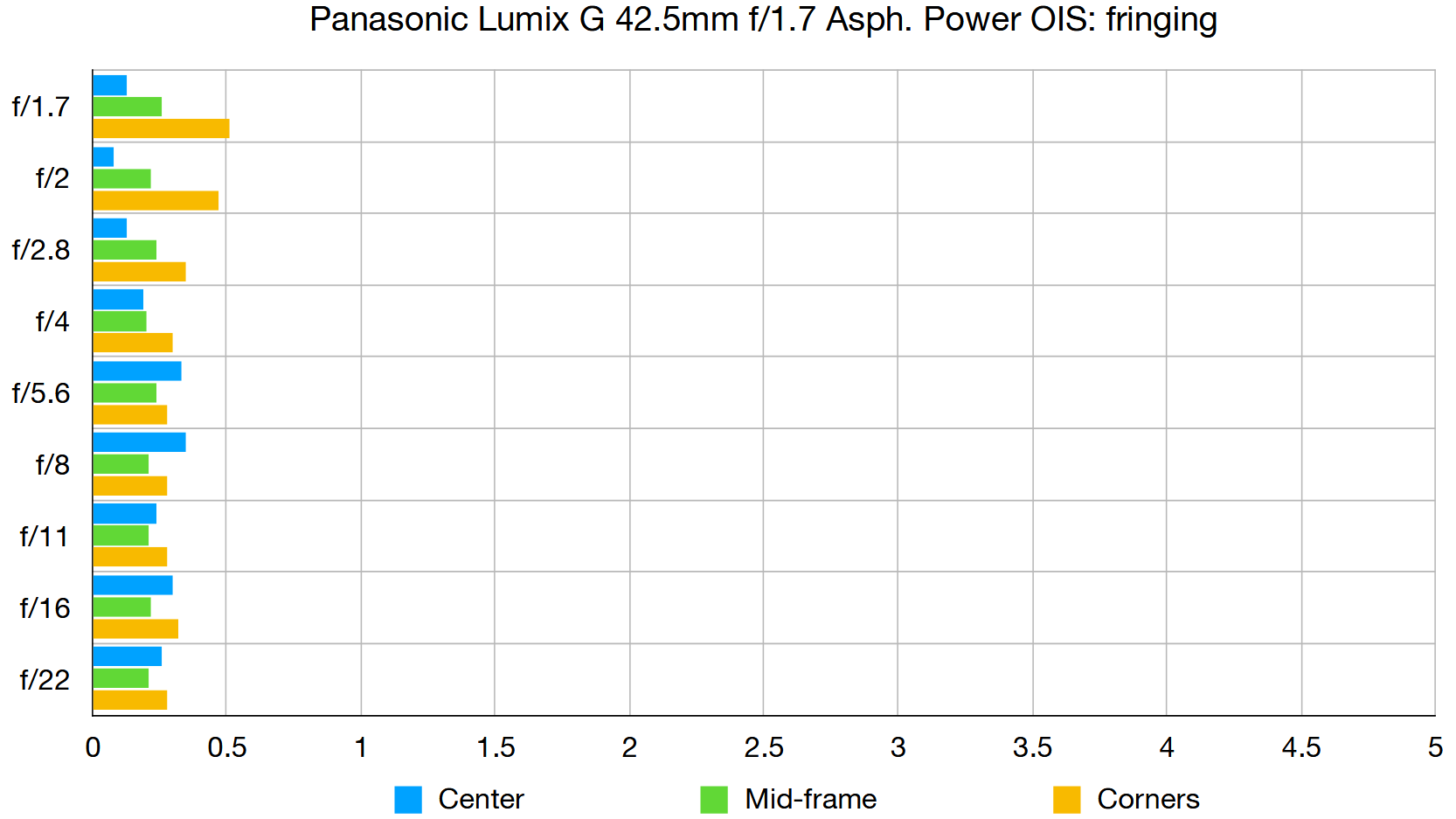Digital Camera World Verdict
Small, lightweight and affordable, this little lens gives an ‘effective’ focal length of 85mm with a fast f/1.7 aperture and comes complete with an optical image stabilizer. It’s therefore a great choice for handheld portraiture and still life photography on any Micro Four Thirds mirrorless camera, especially those that lack in-body stabilization.
Pros
- +
Compact and lightweight
- +
Optical stabilization
- +
Ideal for portraiture
Cons
- -
No weather-seals
- -
7-blade aperture diaphragm
Why you can trust Digital Camera World
The Panasonic 42.5mm f1.7 Power OIS is typical of Micro Four Thirds lenses in being compact and lightweight. That’s mostly due to only needing to produce a relatively small image circle and, in this case, the lens delivers an effective focal length of 85mm in full-frame terms with a fast f/1.7 aperture, yet weighs in at just 130g. The net result is that it’s ideal for portraiture and still life photography, without breaking your back or your bank balance.
Specifications
Mount: Micro Four Thirds
Autofocus: Yes
Image stabilisation: Yes
Lens construction: 10 elements in 8 groups
Angle of view: 29 degrees
Diaphragm blades: 7
Minimum aperture: f/22
Minimum focusing distance: 0.31m
Maximum magnification ratio: 0.2x
Filter size: 37mm
Dimensions: 55x50mm
Weight: 130g
Key features
This little Panasonic lens is well engineered and feels pretty robust despite its lightweight construction. Autofocus is driven by the usual stepping motor and is fast, smooth and near-silent in operation. The manual focus ring is again typical in being electronically coupled, but it’s well-damped and enables very precise adjustments.
It’s relatively unusual to find optical image stabilization in a ‘fast’ prime lens but the addition of this feature is very welcome, especially if you’re shooting with a Micro Four Thirds camera that lacks an in-body stabilizer. The optical path is based on 10 elements in 8 groups, and includes one aspherical element.
Performance
Autofocus is quick and consistently accurate, while sharpness and contrast are good even at f/1.7, with fairly minimal vignetting. Given the ideal effective focal length and fast aperture for portraiture, the quality of bokeh is a prime concern and the Panasonic does well to give a smooth look to defocused areas within images. The 7-blade diaphragm is fairly well rounded but does tend to give a noticeable pentagonal outline to defocused lights and bright objects.
Lab results
We run a range of lab tests under controlled conditions, using the Imatest Master testing suite. Photos of test charts are taken across the range of apertures and zooms (where available), then analyzed for sharpness, distortion and chromatic aberrations.
We use Imatest SFR (spatial frequency response) charts and analysis software to plot lens resolution at the center of the image frame, corners and mid-point distances, across the range of aperture settings and, with zoom lenses, at four different focal lengths. The tests also measure distortion and color fringing (chromatic aberration).
Sharpness:
Levels of sharpness remain very good even when shooting wide-open at f/1.7, and are impressively consistent across the whole image frame.
Fringing:
Color fringing is essentially a non-issue, with even raw files being automatically corrected.
Distortion: -0.13
There’s the merest touch of barrel distortion which will generally go completely unnoticed.
The best camera deals, reviews, product advice, and unmissable photography news, direct to your inbox!
Verdict
Small, lightweight and affordable, this little lens gives an ‘effective’ focal length of 85mm with a fast f/1.7 aperture and comes complete with an optical image stabilizer. It’s therefore a great choice for handheld portraiture and still life photography on any Micro Four Thirds mirrorless camera, especially those that lack in-body stabilization.
Read more:
• Best camera lenses to get
• Best Canon lenses
• Best Nikon lenses
• Best Sony lenses
Matthew Richards is a photographer and journalist who has spent years using and reviewing all manner of photo gear. He is Digital Camera World's principal lens reviewer – and has tested more primes and zooms than most people have had hot dinners!
His expertise with equipment doesn’t end there, though. He is also an encyclopedia when it comes to all manner of cameras, camera holsters and bags, flashguns, tripods and heads, printers, papers and inks, and just about anything imaging-related.
In an earlier life he was a broadcast engineer at the BBC, as well as a former editor of PC Guide.




